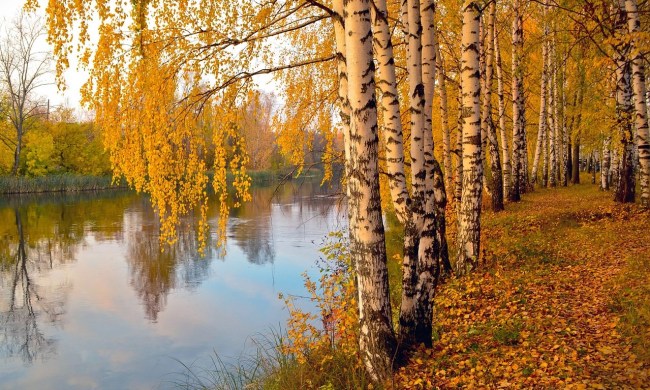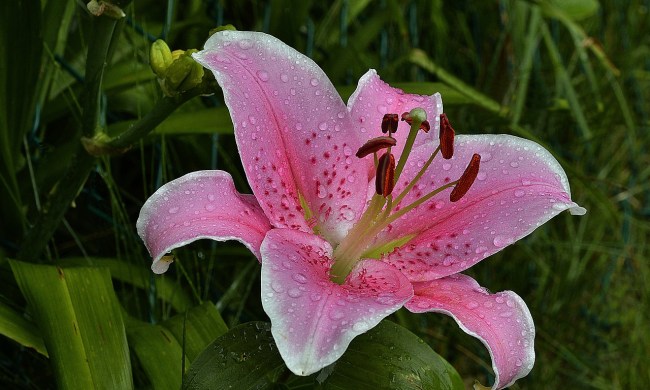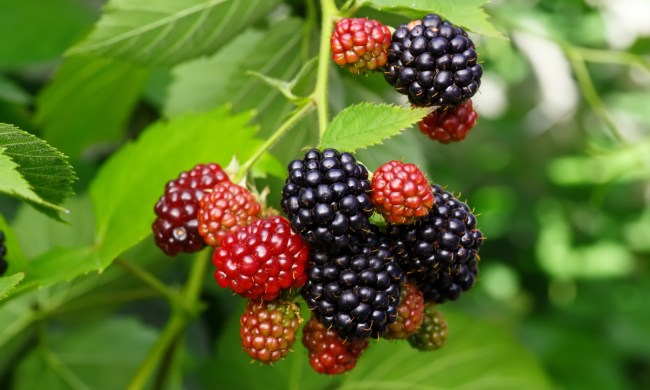Lawn care can be a hassle, especially when it comes to choosing a mower. There are so many brands and bells and whistles to sort through — how do you know what features you actually need and which are just extra? It seems like there are endless lists of advice for large lawns, but what about smaller lawns? Do you still need all the same things, and do the same mowers work well for all lawn sizes? If you’re asking yourself all these questions, you can relax! We’ve done the research so you don’t have to, and here are all our recommendations for mowers for small lawns.
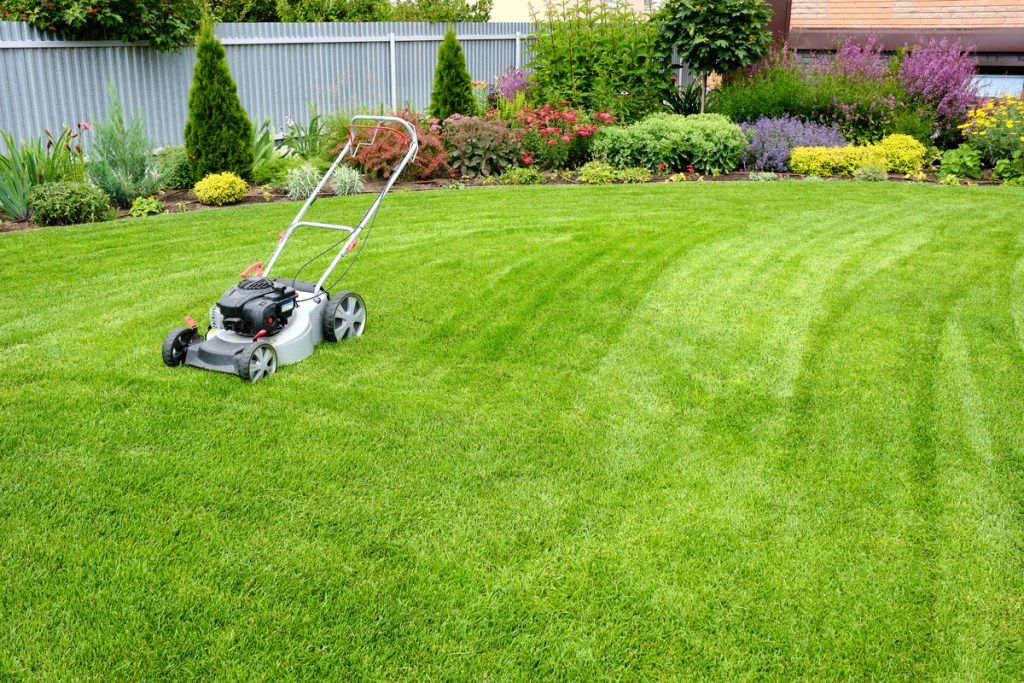
Push lawn mowers
The standard for small lawn mowing is a push mower, but even the standard has some variations. While it may be tempting to just buy the cheapest option, here are a few things that are worth paying extra for.
Make sure the mower you’re buying is durable. While a small lawn likely won’t add much wear and tear to your mower, a durable mower will last longer and cut down on long-term expenses. In addition, look to see what kinds of warranty or guarantees are offered with the mower.
If you have a home garden, having a mulcher attachment included with your mower is a great add-on. They make it easy to make your own leaf mulch at home. However, if you aren’t the gardening type, or would rather get mulch from elsewhere, then this is something you can live without.
Power source and engine strength are also important. Gas mowers tend to be more powerful and have stronger engines but also tend to be more expensive. For a smaller lawn, you can skip the gas mowers and get either a corded electric mower or a battery-powered mower.
The best inexpensive lawn mower for small yards is the Sun Joe MJ401E
If you want some extra features, such as a mulching attachment, direct your attention to the Greenworks G-MAX 40V
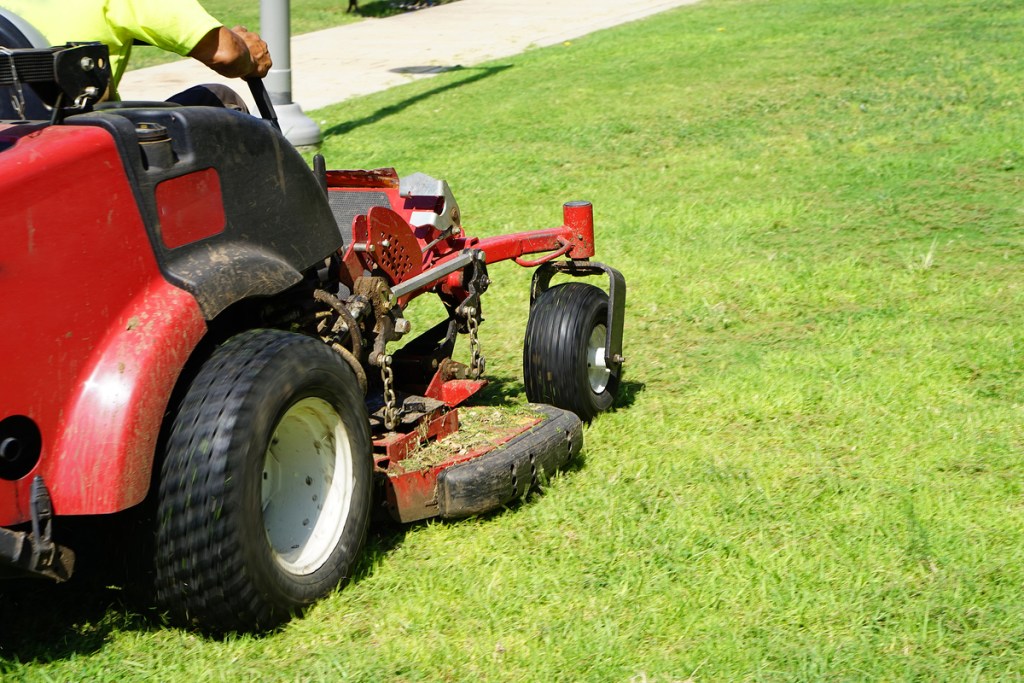
Riding lawn mowers
Of course, just because you have a small lawn doesn’t mean you have to have a push mower. While it isn’t the most efficient decision, riding lawn mowers are still a great option if you have mobility issues or lawns of differing sizes, such as a small front lawn and a larger backyard.
There are several different types of riding lawn mowers, but some are more useful for smaller lawns than others. Rear engine lawn mowers are smaller in size, making them more efficient for small lawns than some of the heavier-duty options. Since they are smaller and less heavy-duty, they aren’t as durable as some other types of riding mowers. However, small lawns usually mean less wear and tear on your mower, which means your mowers are likely to last longer than if they were mowing a large lawn.
If your lawn has a lot of trees or other obstacles, you might consider a zero-turning radius mower. They can make incredibly sharp turns and are typically faster than other mowers.
For smaller lawns, you can also skip the mowers with large cutting decks. Larger cutting decks are typically a good thing, making it quicker to cut large areas. However, if you have a smaller lawn it’s largely unnecessary.
The best rear engine riding mower we’ve found is the Troy-Bilt 382cc 30-Inch Premium
Mowing the lawn can be a chore, but with these lawn mowers at least it can be an easy chore! Whether you’re looking for the simplest mower to do the job, or something with a little more pizazz, hopefully you’ve found this simple guide helpful. Will you choose one of the specific mowers we’ve listed, or use the helpful tips we’ve provided to find a different mower? Either way, you can’t go wrong following this guide.

